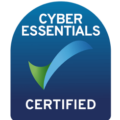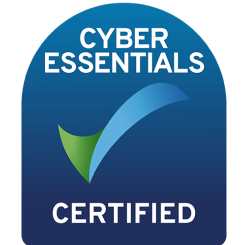5. Evaluate Technical Support:
Effective technical support is crucial for seamless operation of virtual classrooms. Assess the level of support provided by each platform, including availability, response times, and troubleshooting resources. Prioritize platforms that offer reliable technical assistance to address any issues that may arise.
6. Ensure Security and Privacy:
Safeguarding sensitive data and maintaining privacy is paramount in the virtual classroom environment. Evaluate each platform’s security measures, including encryption protocols and compliance with privacy regulations. Choose a platform that prioritizes robust security to protect your data and privacy.
7. Seek Recommendations and Feedback:
Seek insights from peers, students, and industry professionals who have experience with virtual classroom platforms. Their perspectives can offer valuable insights and inform your decision-making process. Pay attention to recurring themes or issues raised, and consider them in your final decision.
In conclusion, selecting the right platform for your online classes is pivotal in creating an engaging and effective virtual learning environment. By following this systematic guide and considering factors such as your specific requirements, platform features, pricing, user experience, technical support, security, and feedback from others, you can enhance your virtual classroom experience significantly.


![]() 4 minutes
4 minutes

































